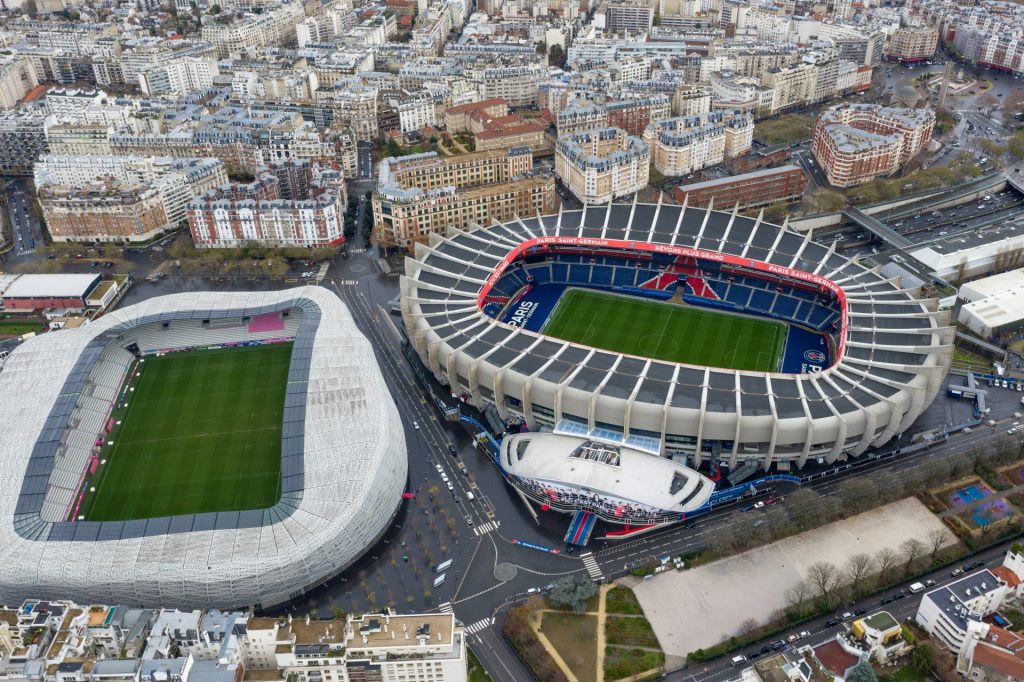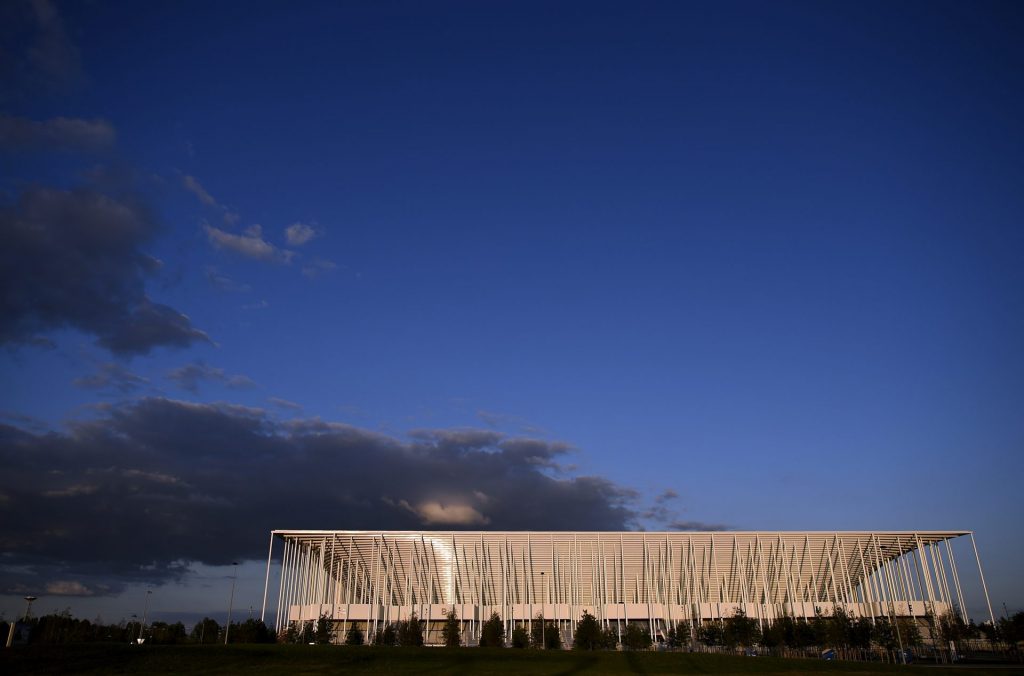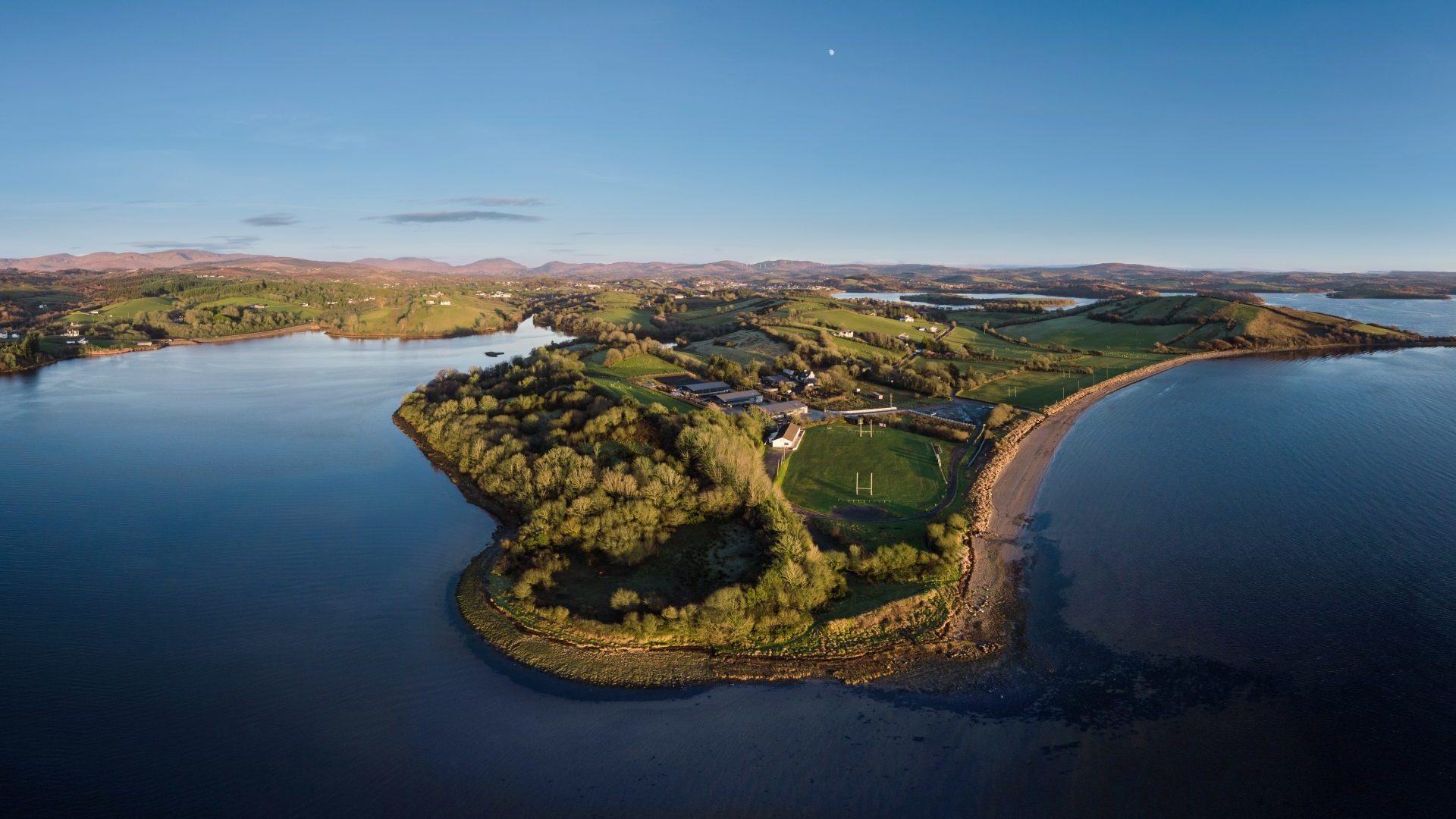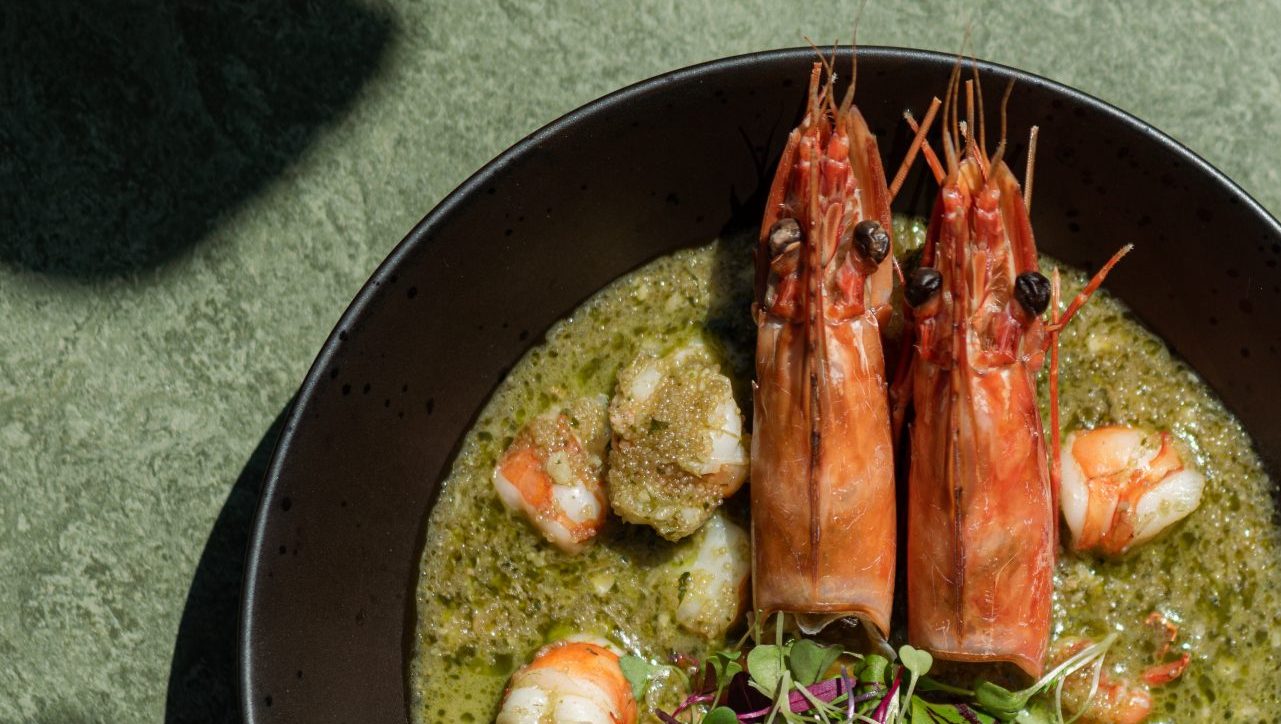Permacrisis, it seems, is not just the preserve of the British government. This autumn’s Rugby World Cup in France cannot come soon enough for a sport that has entered a state of catastrophe and confusion on this side of the channel.
While the collapse of three Premiership clubs – London Irish, Wasps and Worcester – has been well-documented, what is happening in the amateur game appears to be just as worrying. According to one extensive study, the number of people playing rugby twice a month in England dropped from just short of 260,000 in 2016 to 136,000 in November 2021.
Meanwhile in Wales, matches were called off every weekend last season because teams couldn’t field enough players. In December, the Welsh Rugby Union, which has been dogged by scandals and serious failures of governance, permitted 12-a-side matches to take place. Such a scenario would have been unthinkable three years ago, but many older players who didn’t pick up a ball for two years because of the pandemic then chose to hang up their rugby boots for good.
Yet while researching a new book, Remarkable Rugby Grounds, I found plenty of clubs in the UK with thriving minis, juniors and women’s sections. Looking across Europe and the world, taking in everything from playing fields to megastructures, offered a chance to tell a wider story of the places where rugby represents something more than a game.
The aptly-named Welfare Ground in Porth, Wales, is one example. “The land was a donation to the community from the Miners’ Welfare Fund and the local colliery owners,” says Christian Rees, club secretary of Porth Harlequins RFC, the team that plays here. “(The Welfare Ground) is on the site of what used to be an iron slag tip. It was for the whole community to use, not just the rugby team.”
The Holmes in Donegal is the sort of ground that gets called a “hidden gem”, although it’s not quite so hidden now. During The Troubles of the 1970s, Donegal Town RFC, which plays in Ulster Provincial Rugby North, would go across the border to not only play matches and popularise rugby, but also to try and break down religious and social barriers.

Meanwhile, the biggest threat to Edgar Davies Ground and its picture-postcard setting in Bridgnorth, Shropshire, isn’t playing numbers. Bridgnorth RFC is currently building a new clubhouse on stilts (well, sort of) costing well over £1m because the old one was repeatedly flooded when the banks of the nearby River Severn were breached.
What those grounds all have in common, along with places like The Greenyards in Melrose, where Rugby Sevens was first played, and Strandhill Park in Sligo, is being located within stunning natural settings. That is not always the case.
At the other end of the stadium spectrum, the most visually striking venues for the World Cup celebrate bold design.
When Matmut Atlantique (aka Nouveau Stade de Bordeaux) opened in 2015, Washington-based writer Kriston Capps lamented, “This stadium, this gorgeous artful building, is nowhere near Washington, D.C. It’s the Nouveau Stade de Bordeaux, a whole ocean away, in Bordeaux, France. What went wrong, D.C.? Why can’t we have nice things?”
Emmanuel Macron’s government – almost as permacrisis-prone as our own – will doubtless hope the tournament can provide some sort of positive distraction, especially if Les Bleus can finally win a World Cup.
It was one of Macron’s predecessors, General Charles de Gaulle, who wanted a national stadium for football and rugby built in Paris, and he commissioned the architect Roger Taillibert to design the Parc des Princes, one of this year’s World Cup venues.

Getty
With its exoskeleton made up of 50 concrete pillars, and floodlights inside the stadium, it was unlike any other when it first opened in 1972, and earned Taillibert a slew of awards. “I used concrete to show that it could be as interesting as steel,” he said.
The ground you can see next door is the Stade Jean-Bouin, home to Stade Français rugby team, renovated in 2010 by Rudy Riciotti. The lattice exterior is inspired by his work on the Museum of European and Mediterranean Civilisations (MUCEM) in Marseille, and it ticks all the right boxes for sustainability.
And if England is the sick fly-half of Europe, French rugby is in rude health, buoyed by a TV rights deal worth roughly three times more than their English counterparts can command.
Another factor that has contributed to the sport’s financial wellbeing but has largely been forgotten revolves around the greatest rugby ground that never was. In 2013, the French Rugby Federation (FRF) unveiled a plan to construct a purpose-built, 82,000-capacity home in Ris-Orangis, 22km south of Paris. Enter Bernard Laporte three years later who, as new FRF president, delivered on his campaign pledge to scrap Grand Stade Ris-Orangis.
In late 2022, Laporte also maintained a recent tradition of corruption among senior French sports officials when he was given a two-year suspended sentence for “illegal taking of interest, influence peddling, passive corruption and embezzlement”. Quite a rap sheet.
Yet his decision to abandon Ris-Orangis saved FRF a fortune, especially when you factor in the financial fallout from Covid, coupled with rising construction costs. Quelle ironie, as they say.
Remarkable Rugby Grounds by Ryan Herman, published by Pavilion Books, is out now



